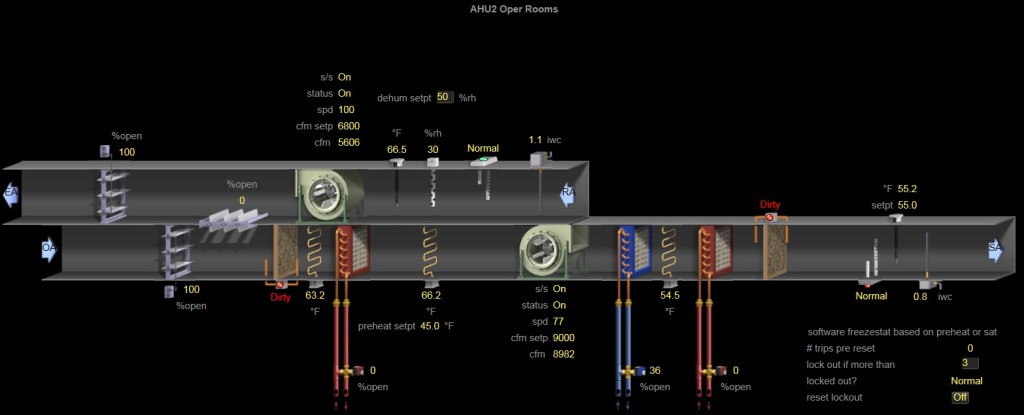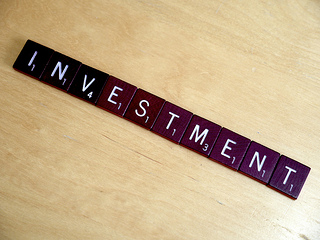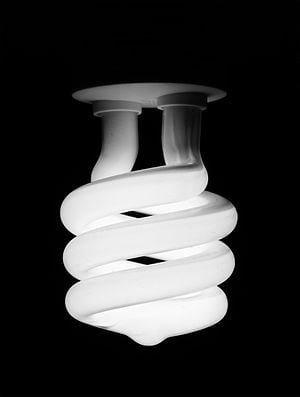Let’s be honest with ourselves: when it comes to estimating the potential energy savings of proposed energy efficiency/conservation measures (EEMs/ECMs), there is uncertainty. Assumptions and uncontrolled variables can make or break the preliminary estimates for an EEM/ECM. For example, a $5,000 lighting controls EEM/ECM may offer annual energy savings of $1,000/year (5 year simple payback) if a facility is unoccupied for 4,000 hours per year, or only $750/year (7.5 year simple payback) if the same facility is unoccupied for only 3,000 hours per year. Unknown and uncontrolled variables, such as building occupancy and use, introduce considerable uncertainty to estimates of energy savings.
Brent Weigel
Recent posts by Brent Weigel
3 min read
Accounting for Uncertainty in Energy Savings Estimates
By Brent Weigel on Sep 10, 2014 6:00:00 AM
Topics: Energy Efficiency
2 min read
Smart Residential HVAC Monitoring
By Brent Weigel on Jul 30, 2014 6:00:00 AM
There seems to be a parade of “smart” devices in the marketplace today, and residential HVAC providers are offering new opportunities to be “smart.” Pretense aside, there are some interesting benefits and risks associated with recent offerings for residential HVAC monitoring.
Topics: Building Performance & Technology
2 min read
Control Graphics: What You See is What You Get
By Brent Weigel on Jun 18, 2014 6:00:00 AM
We have posted several times about the importance of building control systems in achieving efficient building performance. In particular, building control graphics screens are a critical interface for understanding, operating, and maintaining building systems. Through my work in commissioning building systems, I have found opportunities to improve the effectiveness of the control graphics screens provided to clients. The following are a few observations and recommendations that I would like to share:
Topics: Building Cx & Design Review Standards and Metrics Building Performance & Technology
2 min read
Risk Management through Facility Management and Building Commissioning
By Brent Weigel on May 7, 2014 6:00:00 AM
Building commissioning (Cx) can be a useful risk management tool for facility managers and owners. Incorporating risk management in building Cx requires an understanding of three basic elements: threats, vulnerabilities, and associated risks. Risks characterize the likelihood of vulnerabilities being affected by threats. In a risk management process, once risks are defined they are prioritized for the development of risk reduction strategies. Building Cx provides unique risk reduction and risk management opportunities for facility managers and owners.
Topics: Building Cx & Design Review Building Performance & Technology Healthcare
2 min read
Cash Flow Benefit of Financing Energy Efficiency Investments
By Brent Weigel on Mar 26, 2014 6:00:00 AM
It is well known that energy efficiency investments provide opportunities to reduce energy costs and opportunities to leverage incentive dollars. As we have discussed recently in this blog, the relative attractiveness of energy efficiency investments may be evaluated in terms of first cost, simple payback, and life cycle cost. But for a given investment alternative, is it advantageous to finance?
Topics: Sustainability Green Building
4 min read
Life Cycle Costing for Building Investments
By Brent Weigel on Feb 26, 2014 5:00:00 AM
Investments in energy efficiency are often evaluated in terms of their relative financial performance. In the realm of building energy efficiency, the relative financial performance of investment alternatives is typically quantified in terms of a simple payback. Simple payback calculations may be helpful for initial screening and ranking of project alternatives, however, they can oversimplify financial evaluation to the point that the best performing alternatives are not properly quantified and identified. Life Cycle Cost (LCC) analyses, in comparison, include a comprehensive examination of all of the costs and savings attributable to the investment.
Topics: Standards and Metrics Energy Efficiency
3 min read
Direct Liquid Cooling for Data Center Energy Savings
By Brent Weigel on Jan 15, 2014 5:00:00 AM
Not too long ago, data center energy efficiency was an obscure and almost irrelevant topic of discussion for building managers and engineers. As our economy becomes increasingly digitized and productive, more and larger data centers have been developed to meet the digital demand. The media has recently reported that data centers now use close to 2 percent of global annual energy consumption. At this level of energy consumption, data center energy efficiency has rapidly become an important consideration for achieving energy conservation goals.
Topics: Energy Efficiency Building Performance & Technology
3 min read
Toward Better Control of Lighting Controls
By Brent Weigel on Dec 4, 2013 5:00:00 AM
Lighting controls in commercial building have undergone a transformation in the last few years. The simple wall switch (or no switch!) has given way to occupancy sensors and vacancy sensors with passive infrared (PIR) and ultrasonic motion detection. Additionally, photocell sensors have been added for daylighting control. The intent of these advances in lighting controls is to ensure that interior light fixtures are only on when occupants are in a space and natural light levels are inadequate. In my view, we still have a long way to go to achieve this intent across the building design and construction industries.
Topics: Building Cx & Design Review Building Performance & Technology
2 min read
HVAC Control Sequences of Operation and ASHRAE Research Project (RP) 1455
By Brent Weigel on Oct 23, 2013 6:00:00 AM
HVAC control sequences of operation have a direct impact on the effectiveness and efficiency of building systems. When specified and programmed correctly, control sequences of operation enable HVAC systems to efficiently meet the loads placed upon them. When designed and implemented incorrectly, sequences of operation can cause HVAC systems to either fail to meet building loads or waste energy (e.g. a system trying to simultaneously heat and cool the same space). In order for HVAC systems to operate at their peak efficiency, the control sequences of operation need to be appropriate for both the equipment type and the application.
Topics: Building Cx & Design Review Energy Efficiency
3 min read
Data Analytics in Energy Use Disaggregation and Energy Efficiency
By Brent Weigel on Sep 11, 2013 6:00:00 AM
You might have noticed that data analytics (i.e., “Big Data”) have been getting a lot of attention lately in the media. “Big Data” is now a common topic of discussion in media outlets covering business and technology ventures. “Big Data” generally refers to the work of corporations like Google and IBM that use large digital data sets of consumer or civil activities to reveal meaningful patterns and relationships that may be exploited. The recent growth of data analytics as a business venture is an outgrowth of increasing amounts and types of digital data, such as Internet search data, cell phone location data, and utility “smart meter” power consumption data. Smart meters now provide the unprecedented capability to collect and analyze real-time electric power consumption data across much of the electric grid. Right now there is considerable interest around using smart meters and data analytics to gain insight into energy efficiency opportunities in residential and commercial buildings.










